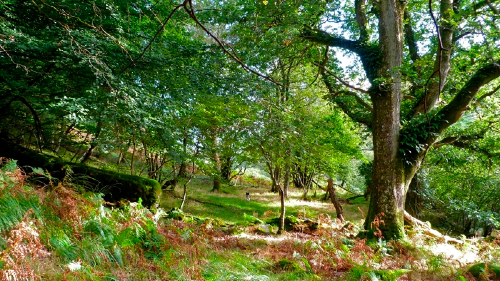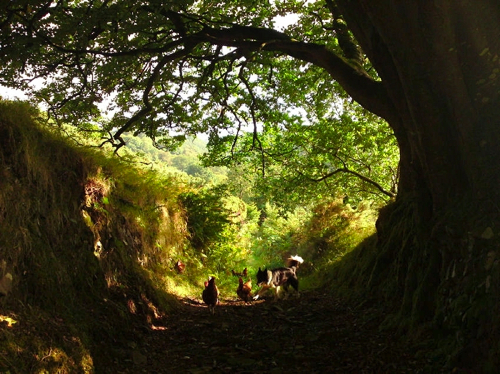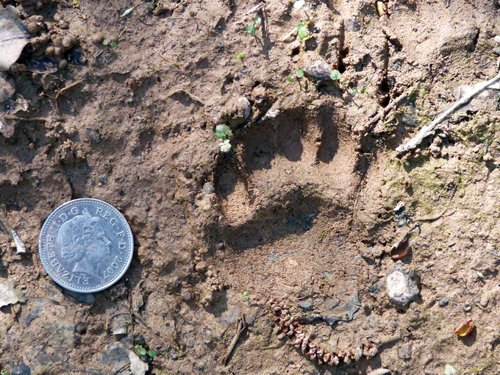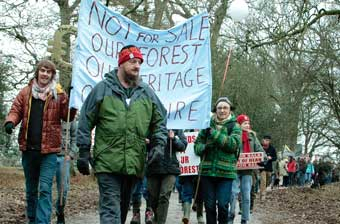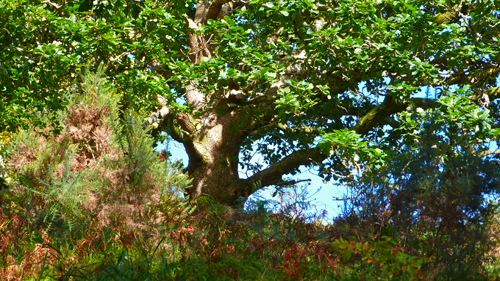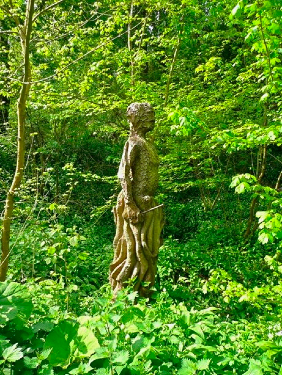by Hannah Mowat, carbon and ecosystems campaigner at FERN
In an effort to try and tackle the loss of biodiversity, a number of countries in the EU – including the UK – are experimenting with new ways to stop biodiversity loss. There are many ways to reduce biodiversity loss such as improving spatial regional planning, agricultural practices and looking at how and where we build. But many governments are more focused on the use of ‘offsetting’.
Offsetting biodiversity loss means permitting continued destruction of biodiversity and compensating its loss through conservation activities. These activities are meant to recreate or restore habitats to allow plant, animal and insect species to thrive elsewhere. A friend recently likened this to paying to beat someone up so they have enough money to pay for hospital treatment after, which is actually quite accurate.
To many, biodiversity offsetting implies increased levels of development and there are many signs that this is precisely what biodiversity offsetting is meant for: to simplify and speed up the planning application process.
However, many proponents of biodiversity offsetting do not want biodiversity offsetting to condone more development. According to official documents, it is only supposed to deal with the ‘residual’ impact of projects, since proponents hope to enshrine a strict mitigation hierarchy in offsetting.
1. Avoid 2. Mitigate 3.Offset.
Since there is no detail on how such a mitigation hierarchy would be achieved, one can only hope that it will be as strict as made out. However, initial cases in the UK show that we should probably fear the worst.
Offsetting in Tyneside: undermining local communities?
In 2011, Bellway homes made a planning application to build 366 houses in North Tyneside. The proposed site was an area of environmental value, situated approximately 400metres to the north-east of Gosforth Park Nature Reserve and 100m from the woodland next to the reserve, which is designated as a Local Wildlife Site. It is an area with very few natural green spaces remaining for wildlife and for the local community to enjoy.
A number of wildlife organisations and local groups, as well as local politicians strongly objected to the construction, on environmental, social, and engineering grounds (such as increased risk of flooding as well as increased local congestion). The Northumberland Wildlife trust registered its “considerable concern that the cumulative loss of open farmland habitats in North Tyneside would have an adverse effect on biodiversity, particularly farmland birds.” Based on this evidence, the application was initially rejected. However, when Bellway brought this case to appeal, the inspector in charge of examining the case overturned the decision with support from the Secretary of State Erick Pickles, and recommended the development be given the go-ahead. It appears that one of the key reasons for this was the promise of the provision of a specific offset project.
The proposal for offsetting was supported by the Environment Bank. The official appeal report that details the appeal proceedings mentions that the Environment Bank “produced an Offset Search Report as well as a Credit Scoping Report. It has also provided a template of a Conservation Bank Agreement and a Conservation Offset Purchase Agreement to illustrate how delivery could be secured by landowners/farmers/conservation bodies and the offset credits purchased by the developer… The Environment Bank has expressed confidence in the ability to deliver offset requirements and that there is a reasonable prospect of delivering a scheme.”
Though this is not the only reason that Bellway homes successfully appealed, it is clear from the documentation that the promise of offsetting played an important role in ensuring its success. The offset proposed does nothing to reduce the pressure or potential damage on local wildlife sites, which were among the main complaints about the initial project. The danger that this development will have adverse negative effects on biodiversity is still present. Furthermore, little mentioned but all important is the enjoyment of the local community of its local natural spaces which can never be offset.
In this case, it is possible to say that biodiversity offsetting has allowed one project to go ahead that would not otherwise have gone forward. Is this a sign of more things to come?
If you are dealing with similar issues in your local community, please contact Hannah
Read more articles about the issues with Biodiversity Offsetting













